


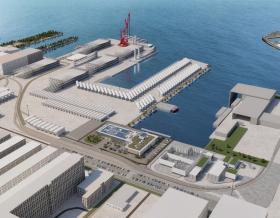

At Jacobs, we're challenging today to reinvent tomorrow by solving the world's most critical problems for thriving cities, resilient environments, mission-critical outcomes, operational advancement, scientific discovery and cutting-edge manufacturing, turning abstract ideas into realities that transform the world for good. With approximately $16 billion in annual revenue and a talent force of more than 60,000, Jacobs provides a full spectrum of professional services including consulting, technical, scientific and project delivery for the government and private sector.


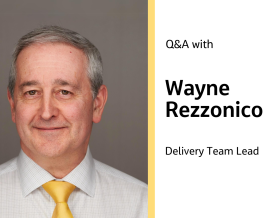
For more than 70 years, our teams have provided integrated solutions to help solve the most complex and hazardous challenges of space exploration. We invent by imagining what’s possible.



A curated selection of some of the top-listened to and trending podcast episodes from our popular If/When podcast series, which has over 6M downloads to date.



Sit down with our visionary team of thinkers, dreamers and doers to see what a day in the life is like.
2c4e.jpg?h=c7c14dee&itok=FmPI2126)


As our clients navigate the digital transformation and growing cyber risks, we have positioned ourselves at the forefront of this growth, adding digital capabilities, products and tools to serve a growing set of customers.
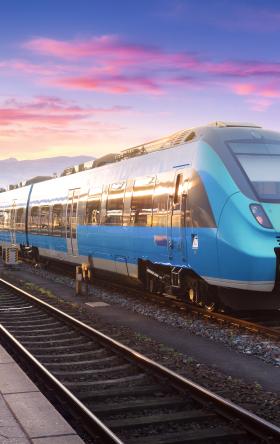

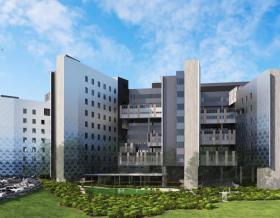
Together with our visionary partner, PA Consulting, we're establishing our position in high end advisory services, creating a springboard to expand in high value offerings beyond the core.
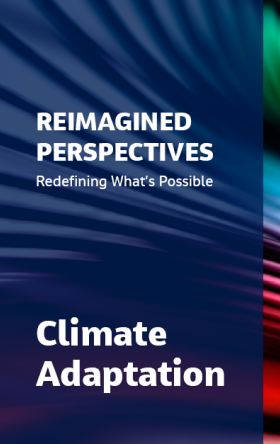
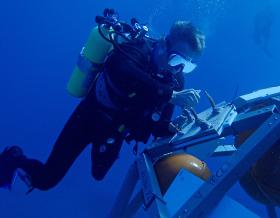

The only certainty about the future is uncertainty. Resilience is an attribute of a smarter planet, and requires planning and adapting ahead of potential threats. We help our clients survive, recover, adapt and thrive.
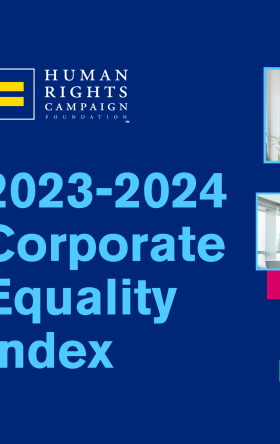


Jacobs. A world where you can.



As a purpose-led company, we know we have a pivotal role to play in addressing the climate emergency. We consider this not only good business, but our duty to channel our technology-enabled expertise and capabilities toward benefitting people and the planet.


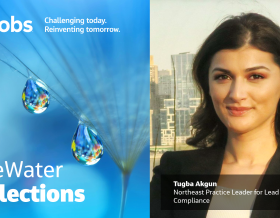
For more than 30 years, Jacobs has been responsible for planning and implementing Lead and Copper Rule-related strategies which protect millions of people in the U.S. and Canada. Our work includes enhanced water quality monitoring strategies, sampling plan development, harvested pipe-scale analysis, lead service line inventories and replacement plans, corrosion control studies and the incorporation of equity and environmental justice considerations into compliance programs.

_0ac2b.jpg?h=8a6d63f3&itok=5vsqFiQH)

Jacobs is working to help clients across the United States secure federal funding for projects that make our cities and communities more connected and sustainable. Working hand-in-hand with clients from coast to coast and everywhere in between, Jacobs develops bold, innovative solutions to address the nation’s toughest challenges.
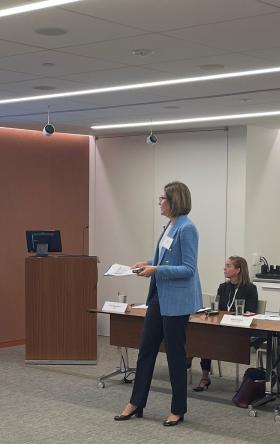

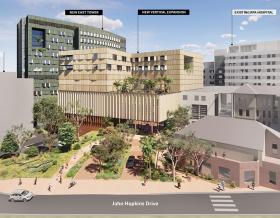
Now more than ever, we appreciate the hard work, sacrifice and dedication of the medical profession in ensuring the health and safety of our communities.



Together, we are stronger. Together, we can transform the future.
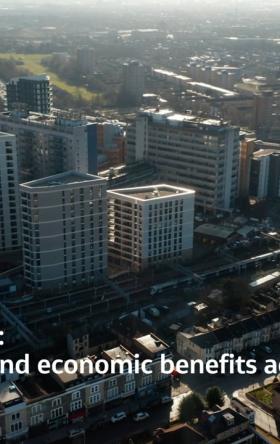

2747.png?h=1314d3d4&itok=rFs9mG95)
We work in partnership, delivering some of the most challenging, diverse and innovative projects and programs globally across multiple sectors. We integrate complex interfaces across planning, procurement and delivery to help unlock better social, environmental and economic outcomes from mega and giga projects.

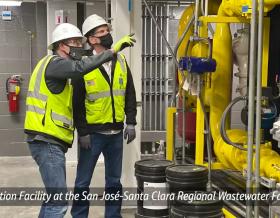
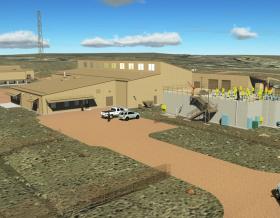
We’ve provided design-build services to the water sector for over 25 years and delivered more than 150 projects. We offer fully integrated design-build and design-build-operate capabilities to tackle the most complex water challenges and work in close collaboration with our clients.
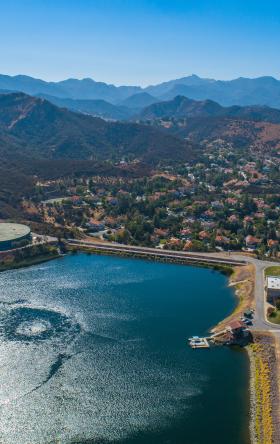

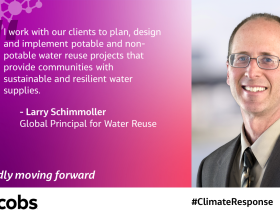
As climate change threatens water security around the world, more communities are turning to water reuse as a resilient water supply solution and embracing the OneWater principle that all water has value. Jacobs has been supporting clients with water reuse programs for decades, beginning with the first applications of advanced wastewater treatment technologies in the 1960s. We provide our clients with a full range of services, from water reuse feasibility studies to design, construction and operations.



Jacobs’ deep experience with advanced technology systems and our wide-ranging program support capabilities make us a premier partner at locations across the world. We deliver the right talent, tools and processes to support and enable our customers’ missions.
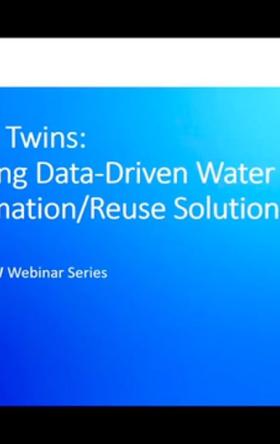

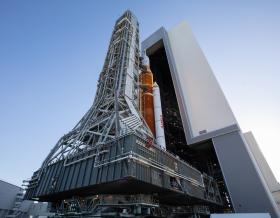
The National Air and Space Museum's One World Connected exhibit will tell the story of how flight fostered two momentous changes in everyday life: the ease in making connections across vast distances and a new perspective of Earth as humanity’s home. Below are some stories from Jacobs that also highlight the connections and digital solutions we are making around the world.
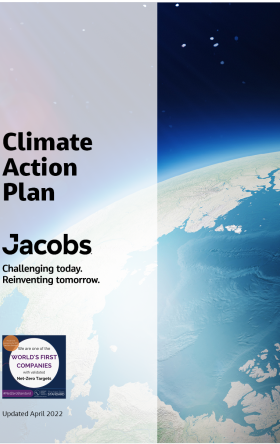


Stories that capture our partnerships and innovative impact for a more connected, sustainable world


f9b8.jpg?itok=azJHxers)
The Institution of Civil Engineers (ICE) in the U.K. has published Jacobs’ paper discussing our behavioral sustainable design management process de5ign (pronounced ‘five in design’) and how this has been applied on the High Speed 2 (HS2) railway project in the U.K. as part of the Align joint venture.
A designer’s influence on health, safety and the environment during the design process is informed through education, training, on-site experience, design management practices and legislation. However, there is no globally consistent legislation, definition, guidance, codes of practice or process for the design management of built environment projects. This global fragmentation leads to inconsistency, confusion and missed opportunities for designers to improve the asset’s whole lifecycle to benefit people and the environment.
As built environment projects are delivered through an ever-increasing global resource pool, across multiple geographies, with varying levels of knowledge and application experience, a cultural change is required to enhance sustainable design practices.
Incorporating the fundamental principles of BeyondZero® and PlanBeyond® to our design outputs, de5ign provides a consistent approach and a common language to the management of the design process, by applying five behaviors which create sustainable design excellence.
De5ign combines emerging best practice from global safety in design legislation and sustainable design practices with guidance from academic research, professional bodies, the United Nations, the World Health Organization and the International Labour Organization, into a practical, behavioral based, sustainable design management process. This is achieved by placing particular emphasis on the responsibility of designers and the impact that their design decisions have on people and the environment over the whole lifecycle of the asset.
“At Jacobs, we embrace our collective responsibility to reduce the impact of design decisions on people and the environment,” says Jacobs Global Vice President Health, Safety and Environment Paul Hendry. “This practical sustainable design management process is driving an upward curve of positive designer behavior toward sustainable design, leaving a lasting positive legacy that benefits the health and safety of people, the environment, climate and sustainability.”
Jacobs is part of the Align joint venture (JV), the main works civils contractor delivering the design-and-build of the Central 1 (C1) section of HS2 Phase One, high speed railway project in the U.K. C1 comprises of 21.6 kilometers (~13.4 miles) of high-speed rail infrastructure, including a 3.4 km (~2.1 mi) viaduct across the Colne Valley and a 16 km (~9.9 mi) twin-bored tunnel with two tunnel portals and five ventilation/access shafts.
The Align JV consists of Bouygues Travaux Publics, VolkerFitzpatrick and Sir Robert McAlpine, together with their design partner Align-D, which includes Align, Jacobs and Rendel Ingérop, with subcontractors LDA Design and Grimshaw Architects.
The adoption of de5ign on the ventilation shafts design minimized shaft sizes, avoided the need for complex mined working and allowed the tunnel twin bores to partially intersect the shaft walls for four of the shafts, to form openings for ventilation and services (a first for the U.K.). These solutions resulted in a 49% saving in excavated spoil volume, 39% saving in concrete volume, 25% improvement in construction program (by using the same configuration and arrangements on four shafts, which allowed for schedule efficiencies) and 20% saving in construction costs.
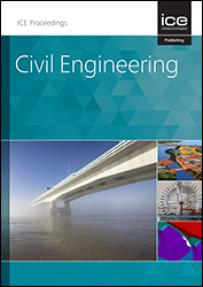
Read the full article in Institution of Civil Engineers - Civil Engineering proceedings November 2023 issue.